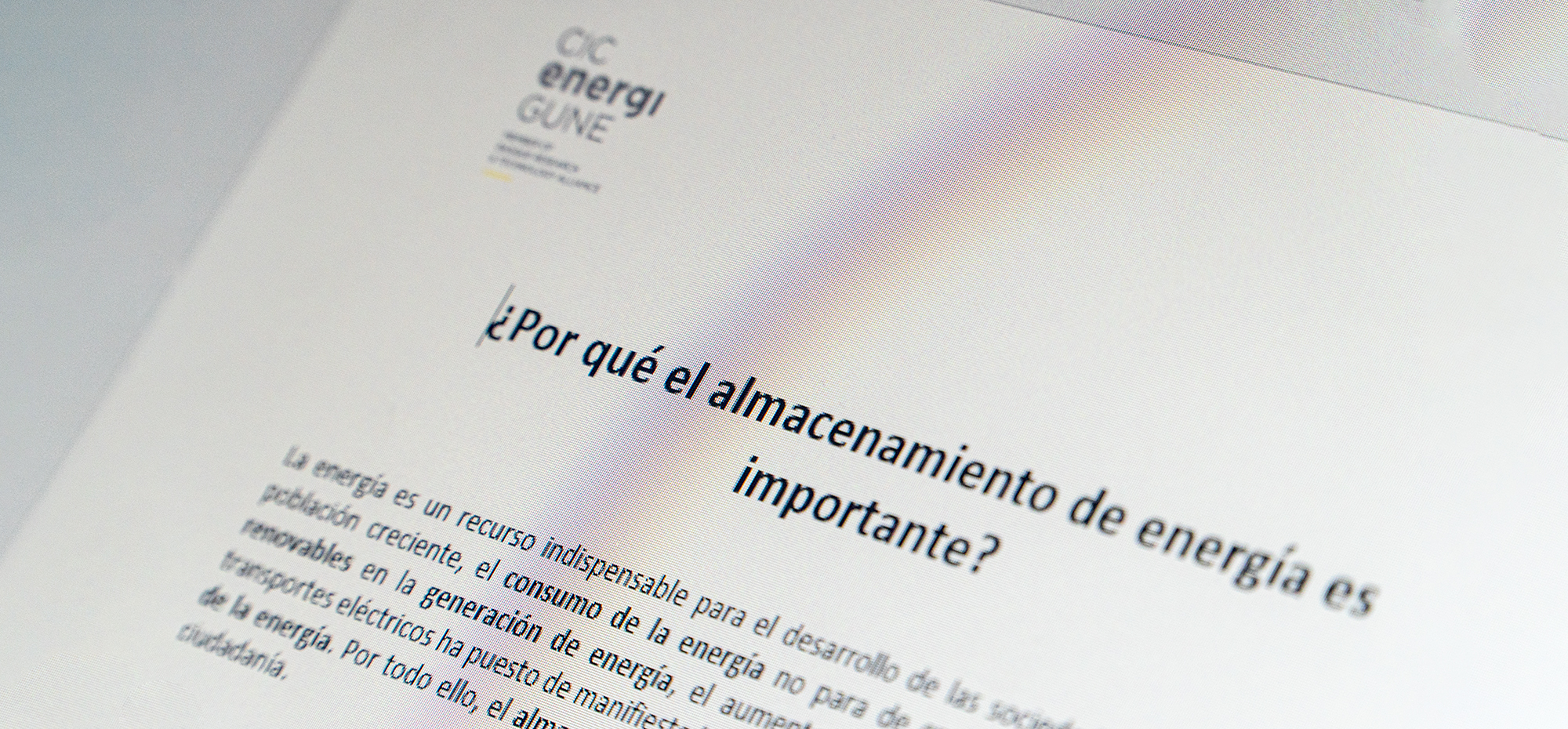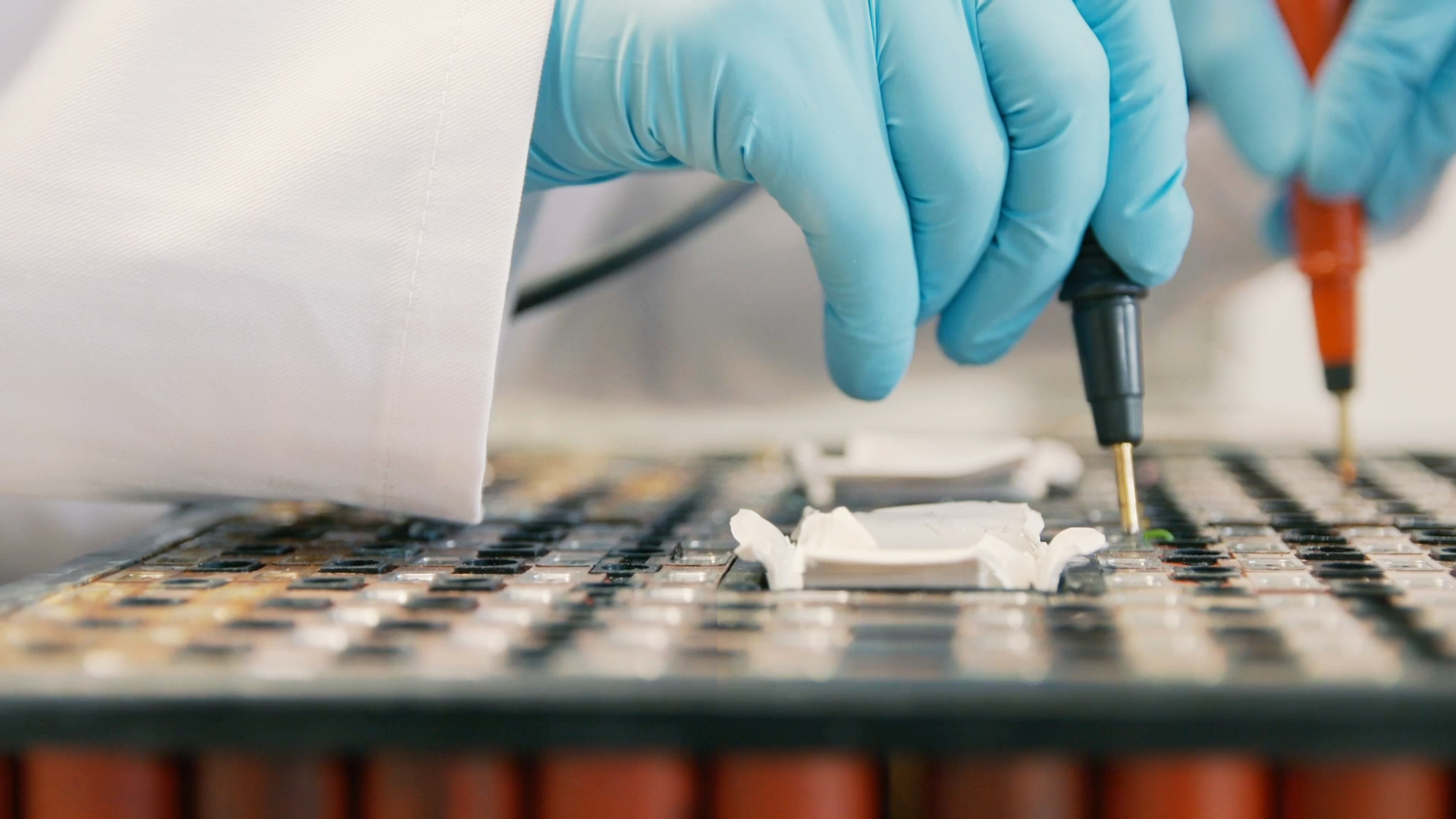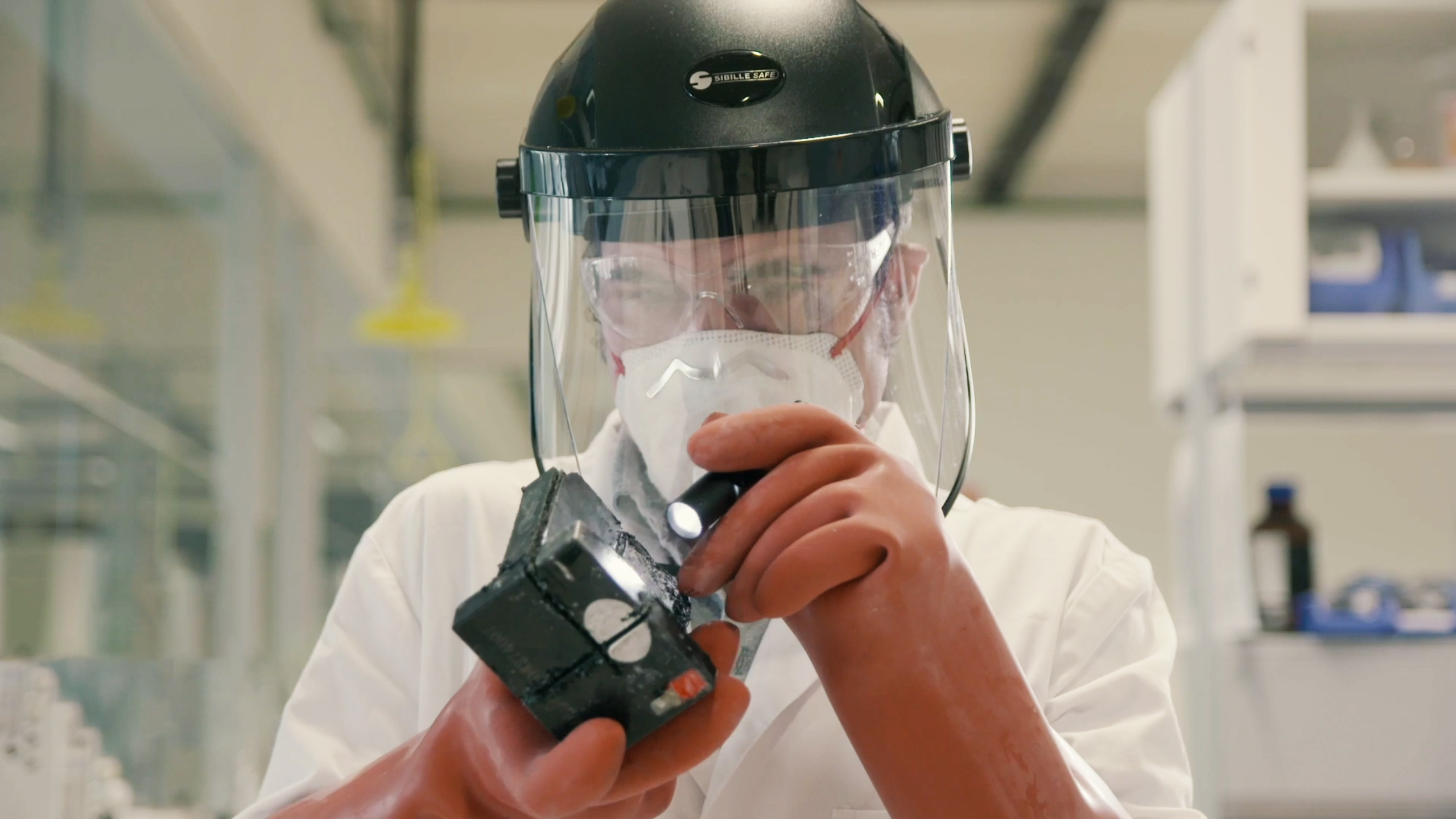Why CSI (Crime Science Investigation)?
Because we are in charge of finding the failure mechanisms and elucidating the causes that have resulted in the malfunction and/or premature death of the battery.
Sometimes these failures are followed by unwanted side effects that compromise the user’s and his environment’s safety, such as harmful gas leaks or spontaneous ignition. This is why it is so important to relate the degradation processes to the current state of health of the batteries, in order to carry out preventive maintenance that alerts us in advance of possible failures and their consequences.
The state of health of a battery (SoH)
The state of health of a battery (SoH) at a given time is measured as the discharge capacity (Ah) at that time with regard to the initial discharge capacity; and is indicated by the corresponding percentage.
In this sense, the SoH depends significantly on the conditions of use of the battery during its lifespan, mainly temperature, depth of discharge and discharge flow.
Variations in these three parameters cause chemical reactions and/or mechanical degradation processes at cell level in materials and electrodes, which manifest themselves as a reduction in the discharge capacity and an increase in electrical resistance. These degradation mechanisms lead to battery failure, resulting from gradual and relatively long evolutionary processes, instantaneous catastrophic events, or a combination of both.
Detailed knowledge of the possible failure types allows the early design of the battery management strategy to extend its life and optimize its operation. At CIC energiGUNE, we achieve this important milestone by relating battery cycling conditions (usage) to post-mortem analysis.
To this end, electrochemical tests and characterizations are performed, which are integrated into advanced multimodal models based on the system’s physical electrochemistry. Thus, it is possible, for example, to estimate the SoH of batteries from the in-operating data of the battery impedance measurement.










